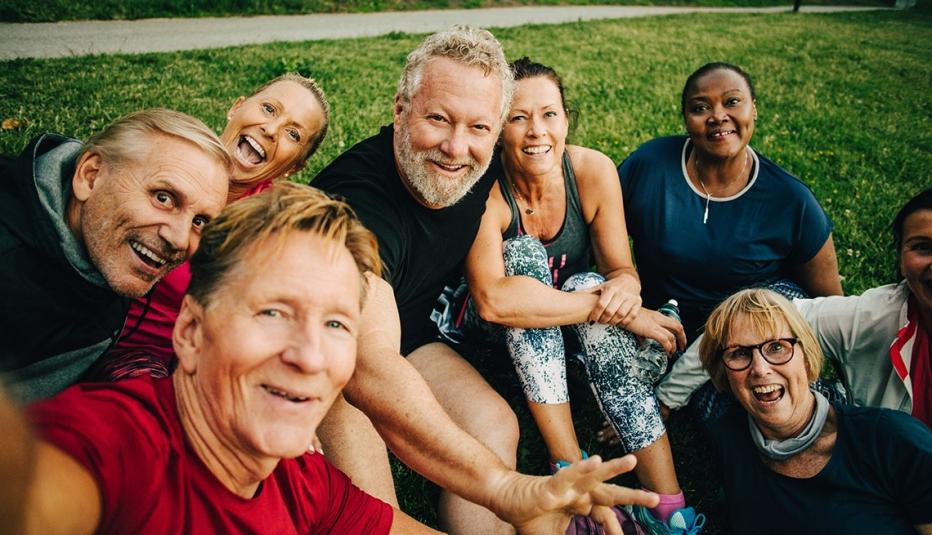AARP Hearing Center
Life shifts are precipitated by discrete life events, sometimes abrupt, that profoundly change one’s life and outlook. Most important, life shifts create new and unique sources of stress and opportunity, usually accompanied by an entirely new set of consumer wants and needs, and a heightened receptivity to new products and services that were either previously ignored or not even considered.


The Five Life Shifts
This study considers five of the most provocative changes that can occur during the aging journey:
- Recent Singles: Moving to the next stage of life after a divorce or widowhood
- Caregiving: Providing ongoing informal care (usually for a spouse or parent)
- Changing Living Situation: Relocating from one’s home to another location
- Grandparenting: Becoming a grandparent
- Career Encoring: Starting a new career or focusing on volunteering
Just under half of Americans ages 45 and older are experiencing at least one of the five life shifts.
These groups share some commonalities. As these Americans age, they are prioritizing financial concerns and physical and mental well-being. Moreover, none of these shifts takes place in a vacuum. Consumers frequently experience one or more at the same time. Still, each life shift has a clear connection to varying outlooks on life and perceptions of financial, physical, emotional, and social health.
Examining older adults’ overall fulfillment with life as well as their perceptions of physical, emotional, and social health reveals a clear spectrum across the life shifts. At one end, Recent Singles are under the most pressure practically and emotionally; and, at the other end, Career Encorers are living life to the fullest and reaping the emotional rewards of their journey.
Recent Singles is one of the smaller life shift groups. Their recent loss leaves them less optimistic about life and less confident in their ability to get through challenges. Although they’re not among the oldest respondents and they are as healthy as the other groups, they report feeling less physically (as well as emotionally and socially) healthy than any other group.
Caregivers are also under more pressure than most, but they tend to be more optimistic than Recent Singles. They also tend to feel like their best years are ahead of them, more so than any other group. Though time pressure weighs heavily on Caregivers, they have a strong desire to pursue their own interests. They are also the most active in seeking information about their life shift, but they could use more help navigating the change.
Change in Living Situation is the least remarkable life shift. This group is most representative of the over 45 age cohort in the U.S. population and most likely to overlap with the other groups. This group is also closest to average in terms of overall health, well-being, lifestyle, and attitudes.
Grandparents exhibit a strong sense of fulfillment with life. More than three-quarters are married or living with a partner, which results in the highest household income of the five groups. Grandparents spend time with their grandchildren, which helps them maintain a closer relationship with their own children. Grandparents are also more confident than the other groups in their ability to navigate this life shift.
Career Encoring has the strongest sense of fulfillment and happiness of all the groups. They owe their positive outlook to remaining active in a second career or through significant volunteering and striving to get the most out of life. They are also the oldest, most educated, and consistently most optimistic and active group. Two critical areas for Career Encorers are health and technology. As the oldest group, they are most likely to have arthritis, vision and cardiovascular issues, and other ailments. Despite continuing to work or volunteer, this group also tends to be the least tech-savvy and spends the least amount of time on mobile devices, revealing an opportunity to help them adopt new technology.
Methodology
Hacking Life Shifts is a four-phase research project combining secondary research, an online quantitative survey (n=2,003, ages 45–91), qualitative interviews and exercises, and behavioral data integration. For full methodology information, please see the Hacking Life Shifts: Methodology document.






























































